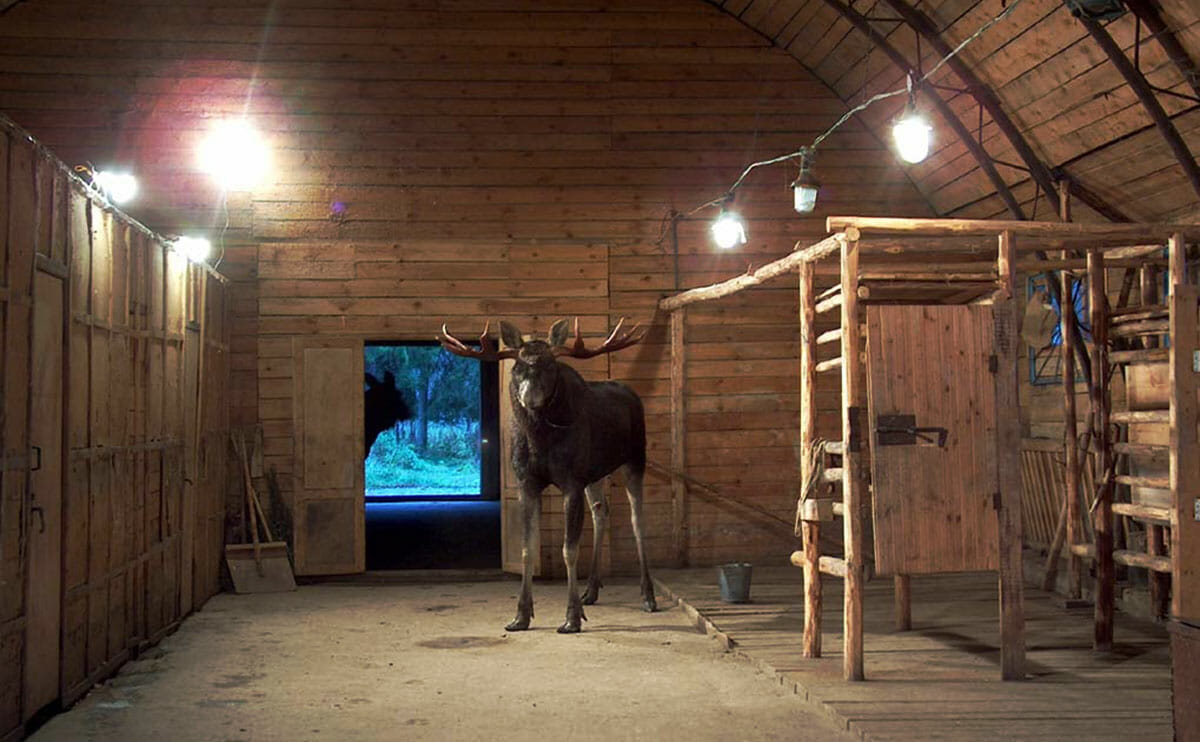Rather than believe that we can recreate a say a Neolithic China or Egypt its much more appropriate that we look at Ensete cultivating Ethiopia as example of what can be.
Both regions are horticultural vegetable based societies that have some of the densest rural populations on earth.
Extensive town networks and trade systems around towns for trade.
Civilizations don’t have to occur with dictators or godkings, it’s much more
@Gwyain
Zizania does not function like wild oryza, I get that you want it to but the fact that zizania has 5-8’ y’all stems and lead blades and is a perennial grain means it’s not competitive or as advantageous as medium and short height oryza. Nor can it benefit from nursery beds and early plantings. Nor does it benefit from a host of other characteristics that separate it from oryza.
Both regions are horticultural vegetable based societies that have some of the densest rural populations on earth.
Extensive town networks and trade systems around towns for trade.
Civilizations don’t have to occur with dictators or godkings, it’s much more
@Gwyain
Zizania does not function like wild oryza, I get that you want it to but the fact that zizania has 5-8’ y’all stems and lead blades and is a perennial grain means it’s not competitive or as advantageous as medium and short height oryza. Nor can it benefit from nursery beds and early plantings. Nor does it benefit from a host of other characteristics that separate it from oryza.
